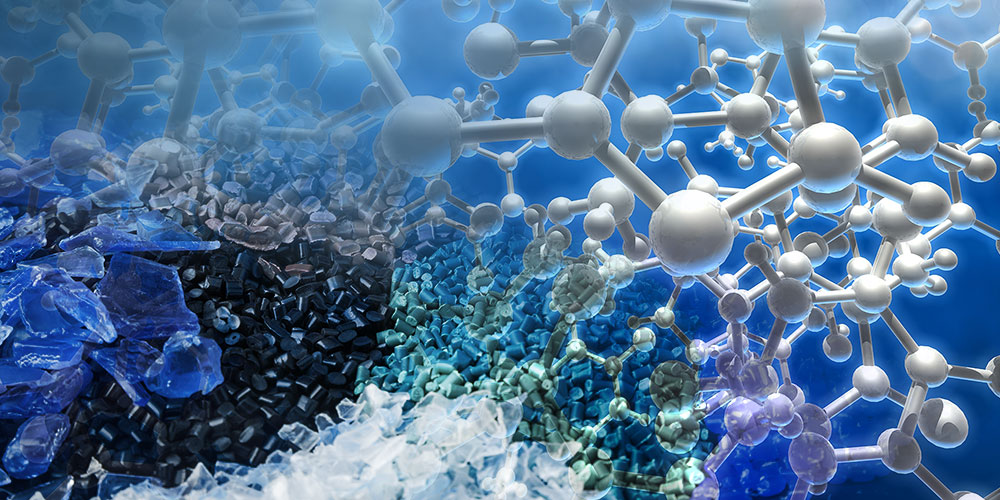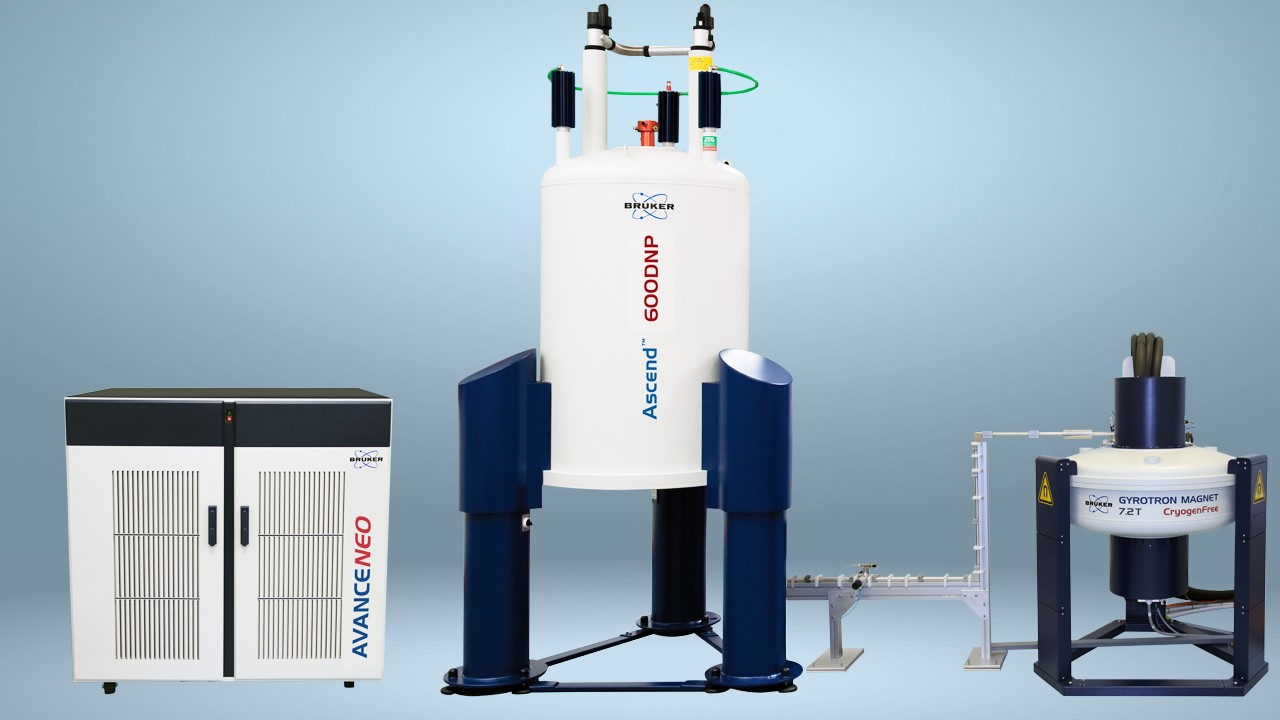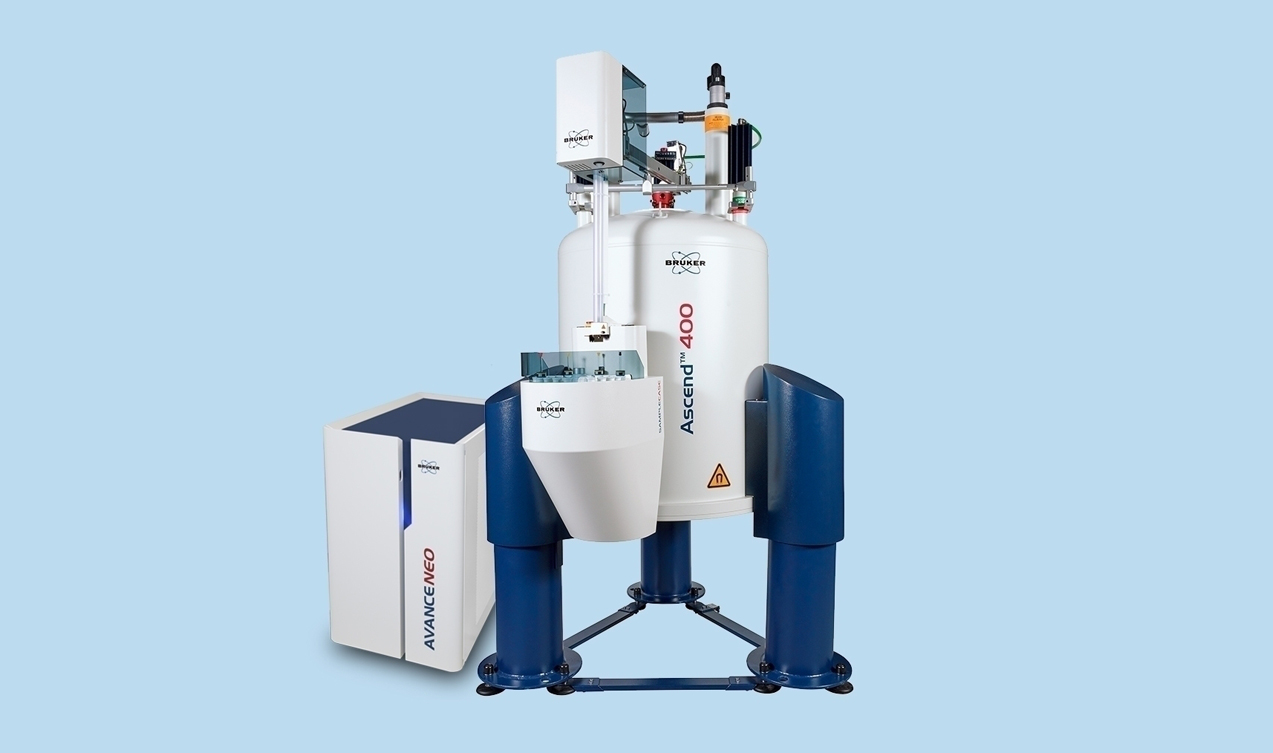

DNP-NMR実験用のサンプル調製方法
Dynamic nuclear polarization (DNP) substantially improves the sensitivity of solid-state nuclear magnetic resonance (NMR) studies, particularly of biological materials and pharmaceutical formulations. One of the benefits of DNP-NMR is the increased data acquisition speed, enabling for quicker examination of solid-state materials.
Why use DNP-NMR?
In the study of structural biology and material science, Nuclear Magnetic Resonance (NMR) spectroscopy is at the forefront for determining structural components of compounds. NMR, while essential for accomplishing this goal, presents a low level of sensitivity in part to the small magnetic moment of the studied nuclei. In turn, small polarization of the nuclear spin reservoir causes minute NMR signal intensities, resulting in less-than-ideal results.
The use of DNP-NMR can significantly bolster NMR signal intensities by assisting in transferring large Boltzmann polarization of the electron spin reservoir to the nuclear spin reservoir. Mechanisms of DNP-NMR experiments vary based on solid- and liquid-state samples. These mechanisms are as follows:
- Liquid-State NMR: Overhauser effect
- Solid-State NMR: Cross-effect, solid-effect, and thermal-mixing
Sample preparation for DNP-NMR experiments
Preparing a samplerequires a few tools, including Bruker’s DNP-NMR spectrometer, rotor, and an appropriate solvent for the sample. Also, unpaired electrons must be present—specifically, free radicals must be added to the sample in order to make the DNP function appropriately.
Polarizing agents used in DNP experiments are usually nitroxide-based free radicals, unreactive radicals that are typically able to withstand oxidation while being able to maintain a significant level of solubility in a diverse range of aqueous solvents. The most common nitroxide-based free radicals include AMUPol, TEMPO, and TOTAPOL. Ideally, a concentration range of sample would be in the 5-20 mM range. If the concentration is too low, there may be too little electrons present to propel DNP enhancement.
Dissolving the radicals in the solvent is one of the first steps in preparing a sample for DNP experimentation. To deliver radicals to the sample, the most efficient method is to use a solution form. Using a cryoprotectant solvent can be crucial for protecting the sample during exposure to low temperatures. For example, if protein is used in a sample, that protein may need to be in a cryoprotectant solvent in the presence of low temperatures to prevent protein denaturation due to ice crystal formation.
If a sample is not soluble in an aqueous solution, such as in the case of membrane proteins and fibrils, further steps are required to distribute radicals homogenously. Although a radical stock solution can be helpful for mixing or suspending these samples, most are centrifuged via a radical solution. A higher concentration of radicals is used to reach ~10 mM. Glycerol may need to be reduced with samples containing a large number of lipids, as these lipids often contain their own cryoprotectant properties.
In the preparation of a sample for experiments using the Bruker solid-state DNP-NMR spectrometer, researchers start with a solid, powdered sample equivalent in mass to that of a full rotor. Then, the solvent is slowly added to the solid sample, mixing the sample and solvent together to form a wet paste. This paste should be slightly thick and absent of excess water. More sample may be added to reduce wetness, continuing to ensure that the mixture maintains a paste-like consistency. This paste mixture is then packed into the full rotor and the NMR experiment is conducted.
Bruker’s spectrometer for DNP-NMR experiments
動的核分極(DNP)法は、生体試料、医薬品および固体材料などの分析の際に固体NMR実験の感度を大幅に向上させます。
DNP-NMRを用いる理由
構造生物学および材料科学の研究において、NMRは化合物の構成成分を決定するための最先端の手法です。NMRはこの目標の達成に不可欠ですが、評価対象の核の磁気モーメントの小ささなどが原因で感度に限界があります。核スピンリザーバーの小さな分極によってNMR信号強度が非常に低くなり、理想的な結果が得られません。
DNP-NMRを用いると、電子スピンリザーバーから核スピンリザーバーへの大きなボルツマン分極の移動を促進することによって、NMR信号強度を著しく増強することができます。DNP-NMR実験のメカニズムは試料が固体か液体かによって異なります。これらのメカニズムを以下に示します。
- 溶液NMR:オーバーハウザー効果
- 固体NMR:交差効果、固体効果、熱混合
DNP-NMR実験用の試料調製
試料の調製には、ブルカー製DNP-NMR、ローター、試料に適切な溶媒などのいくつかのツールが必要です。また、不対電子が存在しなければなりません。具体的には、DNPが十分な性能を発揮できるように、試料にフリーラジカルを添加しなければなりません。
DNP実験に使用する分極剤は、通常はニトロキシドベースのフリーラジカル、一般に酸化に抵抗する能力とともに様々な水性溶媒への高い溶解度を維持する能力を持つ不活性ラジカルです。代表的なニトロキシドベースのフリーラジカルは、AMUPol、TEMPO、TOTAPOLなどです。理想的には、試料の濃度範囲は5~20 mMとすべきです。濃度が低すぎると、電子の存在量が少なすぎてDNP増強が促進されない場合があります。
ラジカルの溶媒への溶解は、DNP実験用の試料調製の初期ステップの1つです。ラジカルを試料に送達するために最も効率的な方法は、溶液を使用することです。凍結保護剤の溶媒の使用は、低温への曝露中に試料を保護するために非常に重要です。たとえば、試料にタンパク質を使用する場合は、氷結晶形成によるタンパク質変性を防ぐために、低温曝露時にそのタンパク質を凍結保護剤の溶媒に入れておく必要があります。
試料が水性(極性)溶媒に溶けない場合(膜タンパク質や繊維などの場合)は、ラジカルを均一に分布させる追加ステップが必要です。これらの試料の混合または懸濁にはラジカル原液が有用な場合もありますが、大半はラジカル溶液によって遠心分離します。高濃度のラジカルを使用する場合は約10 mMに達します。多量の脂質を含有する試料には、これらの脂質はそれ自体に凍結保護作用がある場合が多いので、グリセロールを減らす必要があります。
ブルカー社の固体DNP-NMRを用いた実験用の試料を調製する際には、まずフルローターと同じ量の粉末化した固体試料を用意します。次に、固体試料に溶媒をゆっくり加え、試料と溶媒を混ぜ合わせてウェットペーストを作ります。このペーストは濃度が高めで、過剰な水を含まないものである必要があります。含水率を低下させるために試料の追加が必要な場合がありますが、混合物がペースト状の稠度を維持していなければなりません。その後、このペースト混合物をフルローターに充填してNMR実験を実施します。
DNP-NMR実験用のブルカーのNMR
ブルカーの固体DNP-NMRは、固体NMR実験における信号強度の増強によって高度なNMR実験を実施できるようにデザインされています。以下のような分野に応用されています。
- 固体生体試料のDNP-NMR:小分子ペプチド、膜タンパク質および可溶性タンパク質の感度向上
- 材料科学:ブルカー製DNP-NMRでは、薬物送達、触媒などに広く用いられるハイブリッドケイ素材料の分子レベルでの解析が可能です。
- 13C-プロリンのDNP増強SPMAS:共通溶媒(shared solvent)に分極剤を添加するか、または試料にラジカルを添加します。低温(100~120K)条件下でMASを用いて試料を測定した後にNMR実験を実施します。
- エクスパンシン・タンパク質結合による細胞壁の構成:ブルカーDNP-NMRは、エクスパンシンの13C信号に由来する信号を選別するためのREDORフィルターの使用によって、植物細胞壁に混在しているエクスパンシンの検出に役立ちます。REDORフィルターの使用後、スピン拡散によって細胞壁の多糖とエクスパンシンの間の相関を解明します。
References
参考文献:
- Liao SY, Lee M, Wang T, Sergeyev IV, Hong M. Efficient DNP NMR of membrane proteins: sample preparation protocols, sensitivity, and radical location. J Biomol NMR. 2016;64(3):223-237.
- Le D, Casano G, Phan TNT. Optimizing Sample Preparation Methods for Dynamic Nuclear Polarization Solid-state NMR of Synthetic Polymers. Macromolecules. 2014;47(12):3909–3916.


